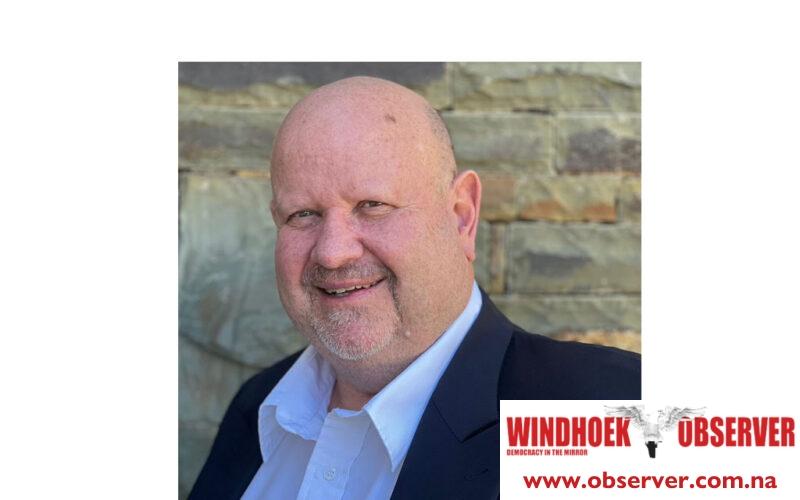CHAMWE KAIRA
New TransNamib Holdings CEO, Desmond van Jaarsveld believes that leading the stateowned enterprise presented a chance for him to contribute to the growth and development of Namibia’s logistics sector.
“I was particularly drawn to TransNamib’s strategic vision and its potential for transformation. My goal is to build upon this vision by shaping and executing strategic initiatives that drive positive change and enhance operational efficiency,” he said in an interview.
He added that serving as the CEO of such a key state-owned enterprise reflects his commitment to contributing to national development and infrastructure improvement in Namibia.
“My primary motivation for joining TransNamib is to play a pivotal role in advancing the country’s transportation and logistics capabilities.”
Among his immediate priorities upon assuming the CEO role will focus on assessing and addressing operational challenges within TransNamib.
“This will involve a thorough evaluation of our financial performance, operational efficiency, and strategic initiatives. With the arrival of new locomotives expected by the end of 2025, we must implement interim solutions to address our current locomotive capacity and infrastructure challenges,” said Van Jaarsveld adding that he also plans to engaging all the stakeholders.
Additionally, he believes that after challenging years, the company must motivate and empower its team to lead TransNamib’s transformation.
“I am committed to identifying and exploring growth opportunities, such as expanding services, improving infrastructure, and establishing strategic partnerships to drive our company forward.”
He added that the challenges facing TransNamib require a comprehensive, multi-stakeholder approach that addresses key strategies. These challenges include aging equipment and inadequate rail infrastructure are significant challenges for the rail industry.
“Rail plays a crucial role in positioning Namibia as a logistical leader in the region, and infrastructure upgrades will help bridge this gap.”
He said the funding recently obtained from the Development Bank of Southern Africa and the Development Bank of Namibia will place TransNamib in a solid position. The funding will mainly for the acquisition of additional rolling stock, maintenance and upgrading of our workshops.
“I joined this organisation fully aware of the hurdles we face, but I’ve also witnessed its remarkable successes during challenging times. Rail is a critical economic enabler, and when we optimize our rail operations, Namibia’s logistics potential in the region will know no bounds, benefiting our nation and its people through job creation.”
TransNamib is embarking on an ambitious plan to nearly triple its cargo-carrying capacity to four million tonnes within the next five years, equating to approximately 1.5 million tonnes per year. However, Van Jaarsveld said the current locomotive availability of 23-26 locomotives, impacted by aging rolling stock, falls short of the reliability needed to achieve this target.
“To meet our objectives, we require at least 34 reliable locomotives. Therefore, we are actively seeking viable short to medium-term solutions to sustain and grow TransNamib over the next two years until the new locomotives arrive.”
The new CEO said significant changes won’t happen overnight. Giving examples, he said acquiring new locomotives alone can take up to two years, while procuring spares may require six to 12 months.
“While the road ahead requires hard work and dedication from all of us at TransNamib, we are optimistic about the future and look forward to the continued support of our stakeholders. Together, we can realise the full potential of rail in Namibia.”




